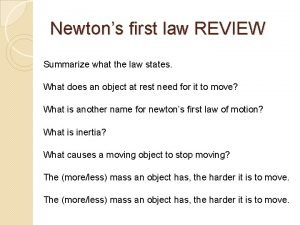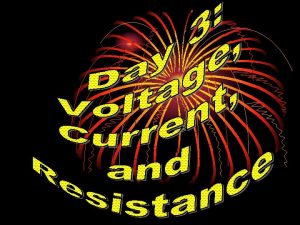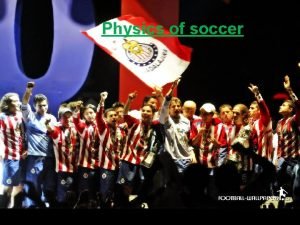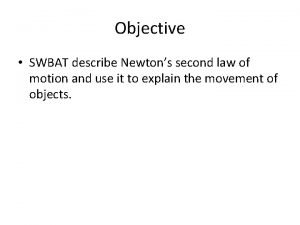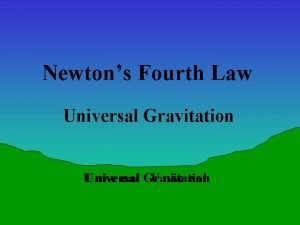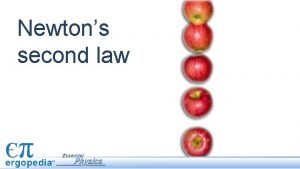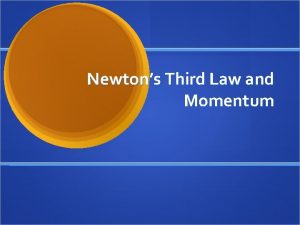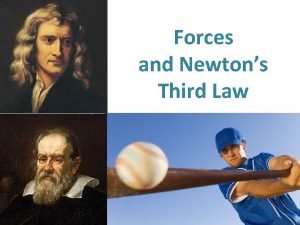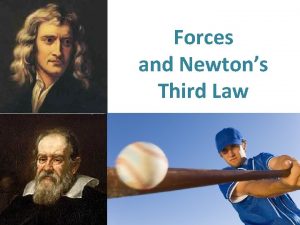SUMMARY FORCE AND NEWTONS LAW Force is pushing










- Slides: 10

SUMMARY FORCE AND NEWTON’S LAW

Force is pushing or pulling Effect force : make an object move ü make a moving object stop ü change the speed of a moving object ü change the direction of a moving object ü change the shape of an object ü

The instrument used to gauge force is spring balance. International Standard unit force is Newton (N) , while in CGS system is dyne

1. 2. Types of Force : Contact force : (muscular force, frictional force) Non contact force : (magnetic force, electrostatic force, gravitational force)

Two force work in-line but with contrary direction, the value of force is same as the difference of two force The direction of frictional force is contrary to the trend of objective motion direction The presence of frictional force has advantage and disadvantage

Weight of object differs depending on the acceleration of gravitation. Weight of an object is formulated as w= m. g w= weight (N) m= mass (kg) g= acceleration due to gravity (N/kg or m/s 2)

Newton’s first law states that every object always in motionless state or moving in straight pattern as long as no forces changing it F=0 Where : = force of summary

Newton’s second law states that acceleration generated by force that works in any subject is proportional with value of force and inversely proportional to mass of subject Where : F = force (N) m = mass (kg) a = acceleration (m/s 2 )

Newton’s third law explains that if first object works action force in second object, second object gives reaction to first object with the same value but with opposite direction Faction = – Freaction

EVALUATION 1. 2. 3. 4. 5. the tool used gauge force working in an object Unification of some forces Multiplication of mass of object and acceleration of mass gravity in any location Force unit in International system Quantity that having direction and value • • Vector quantity Force resultant Kg m/s 2 N/m Object’s weight Object’s mass Spring balance

